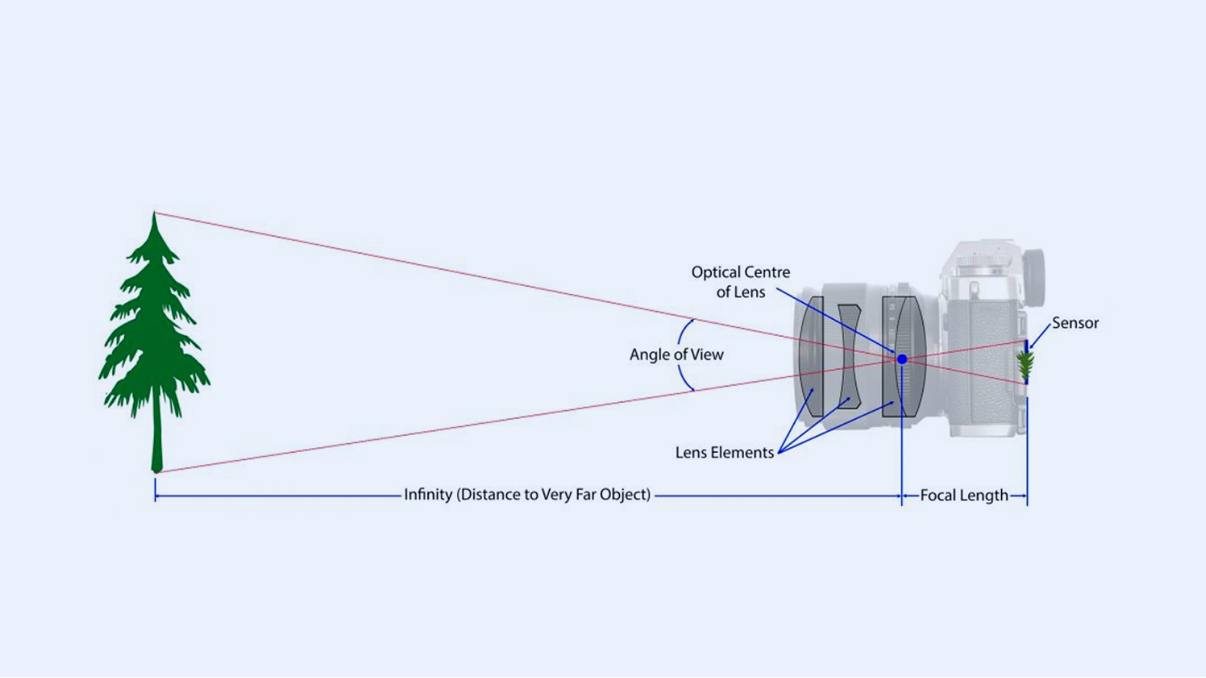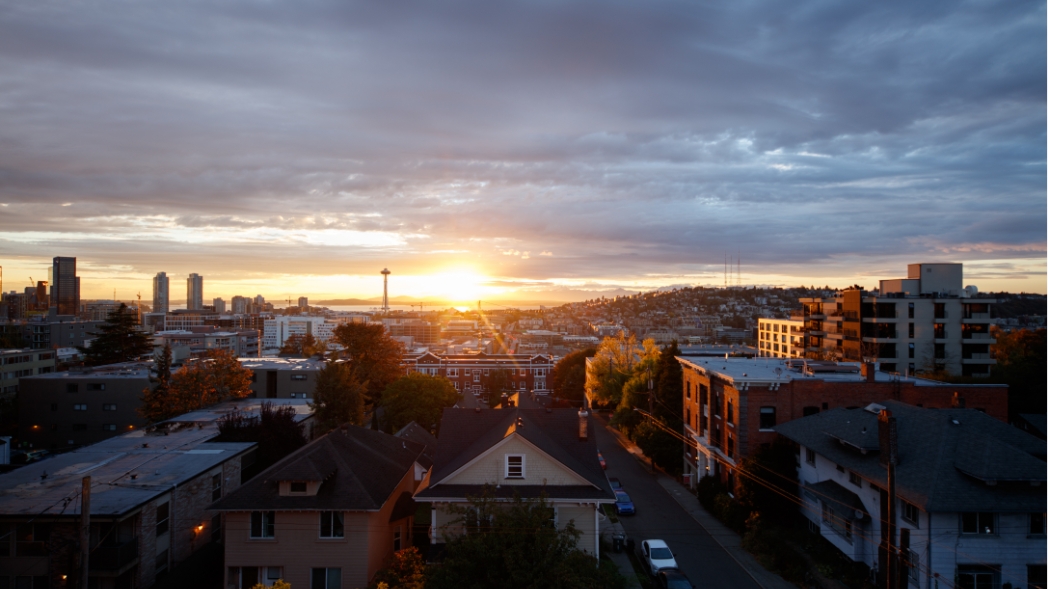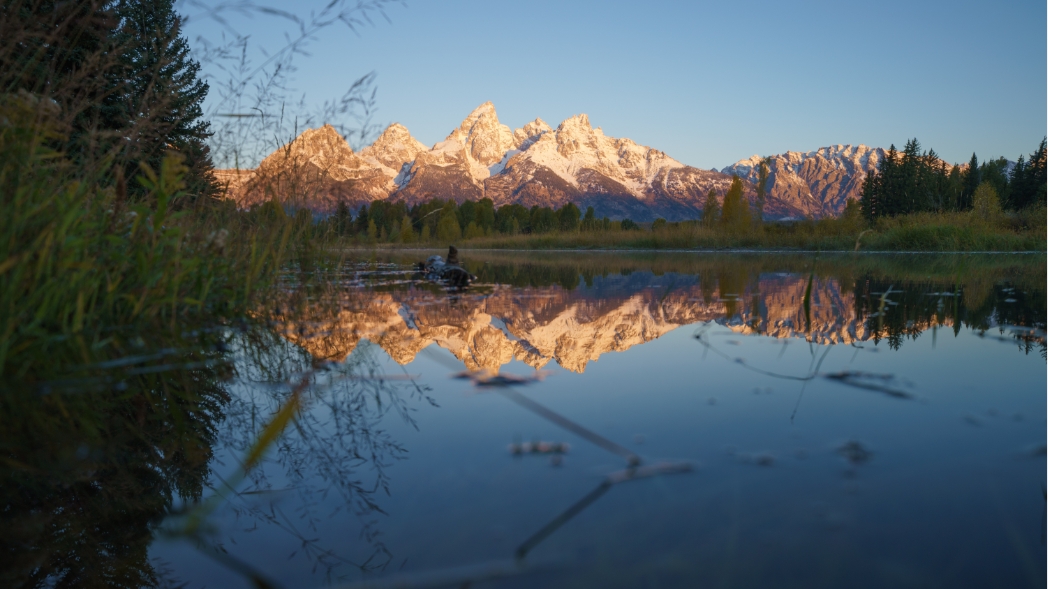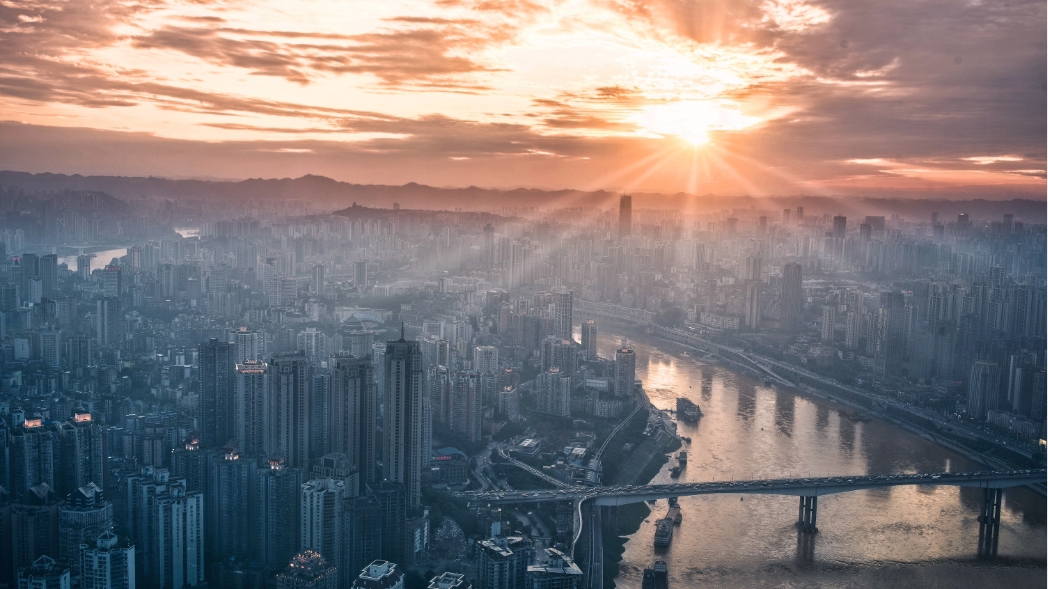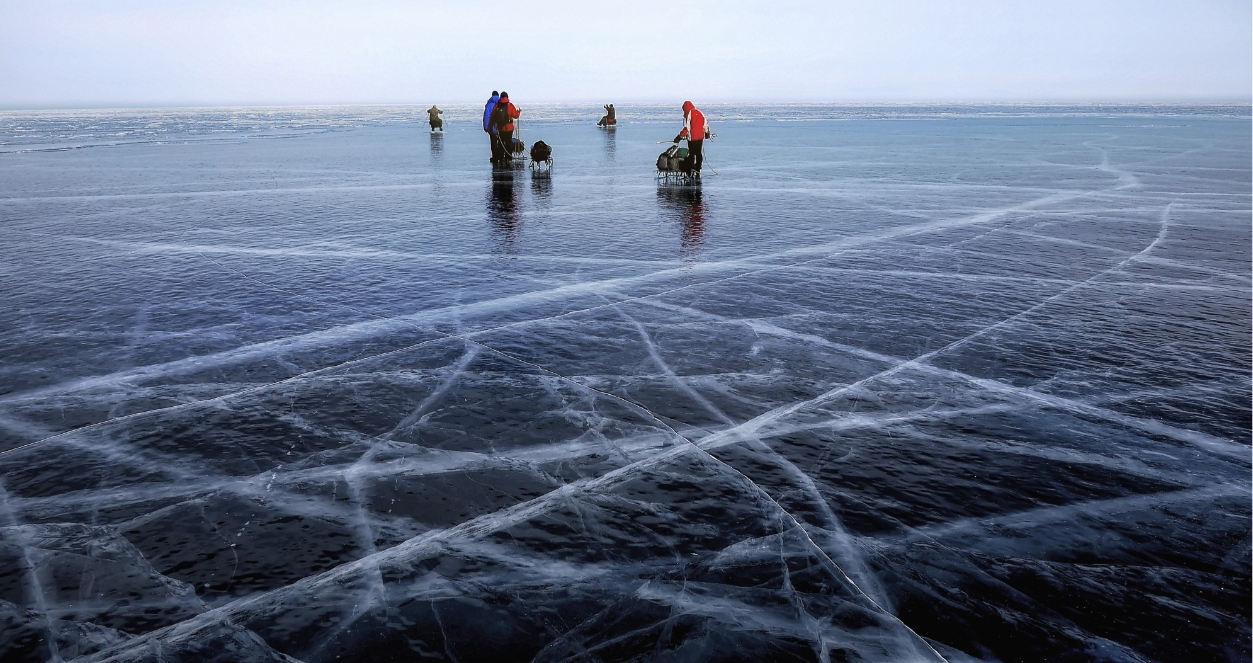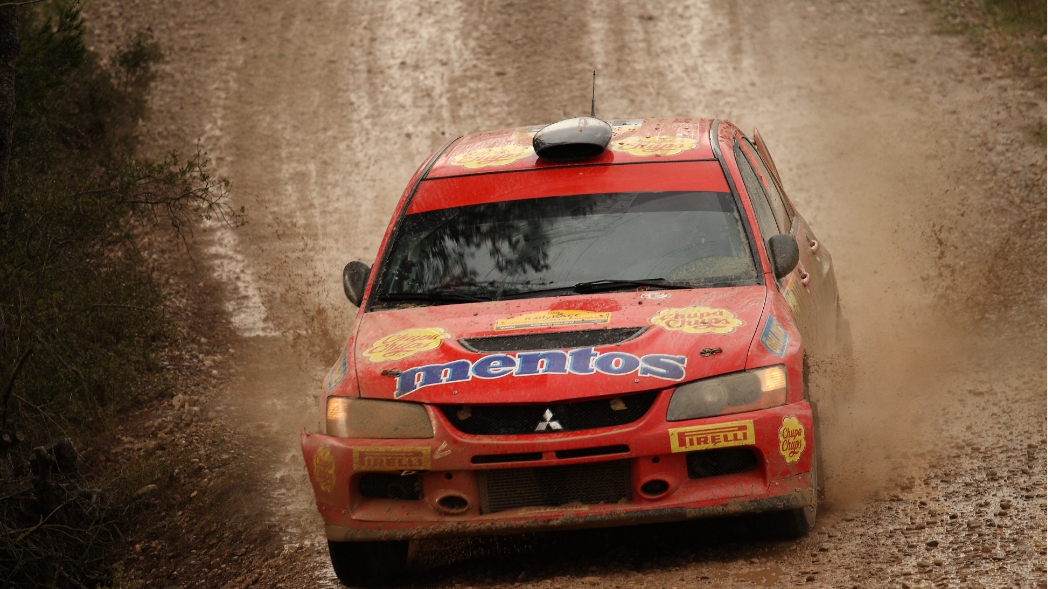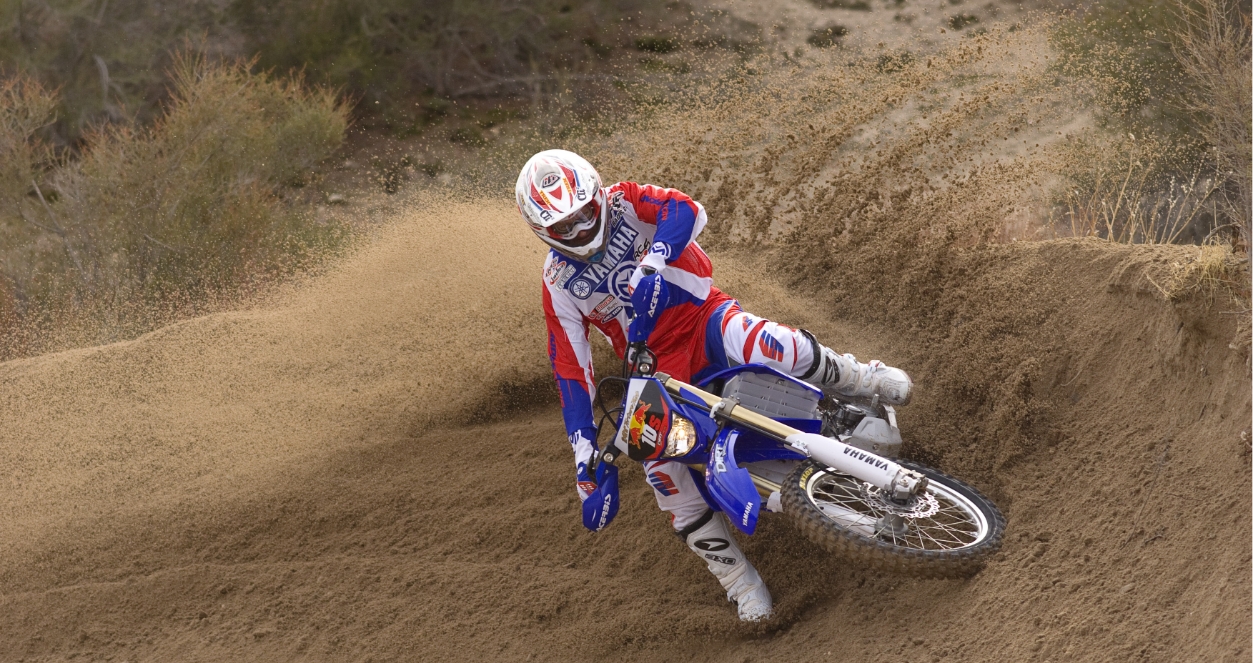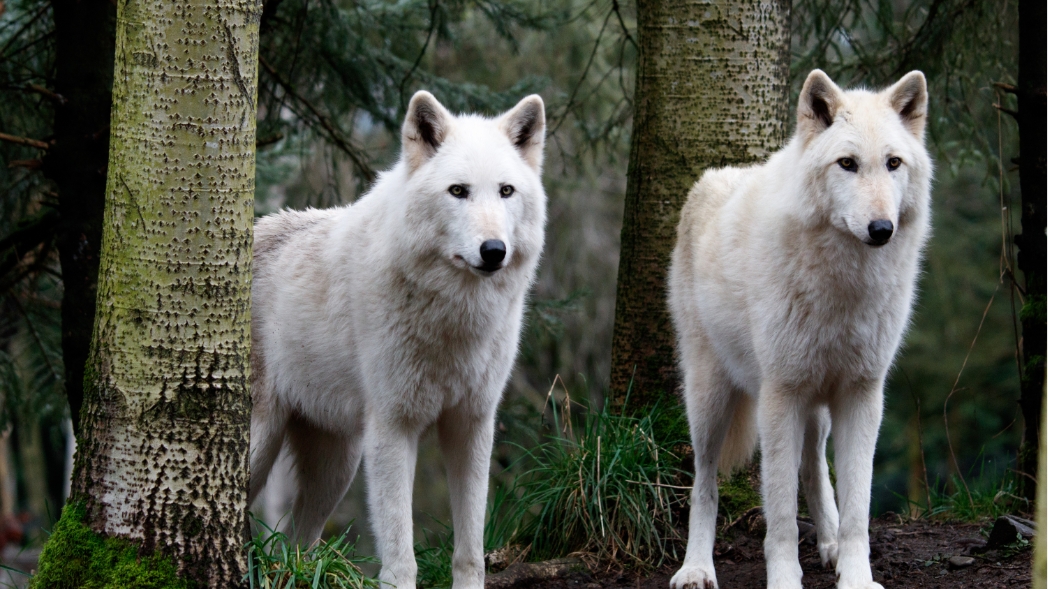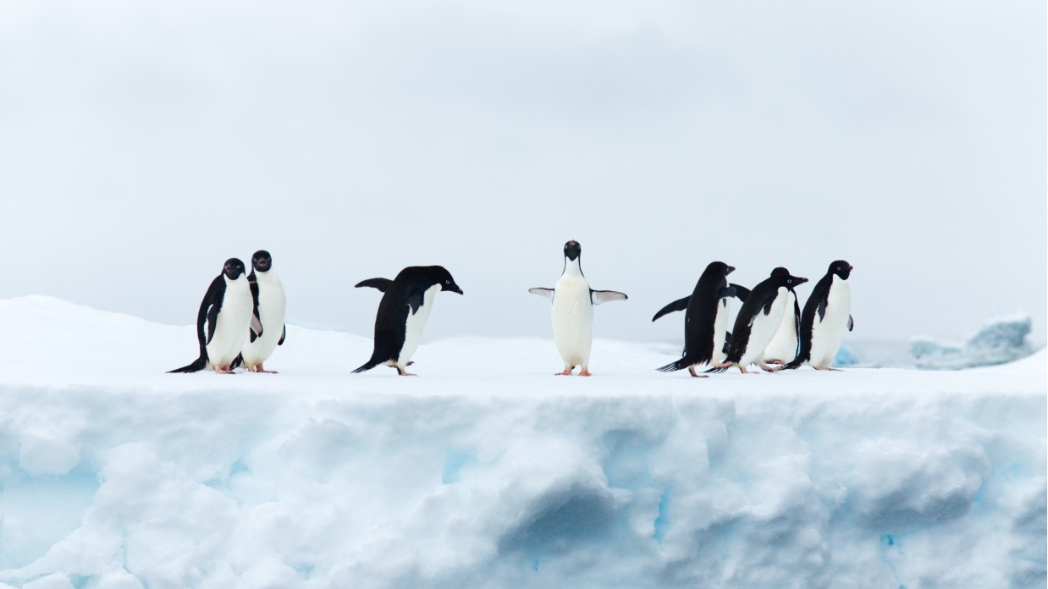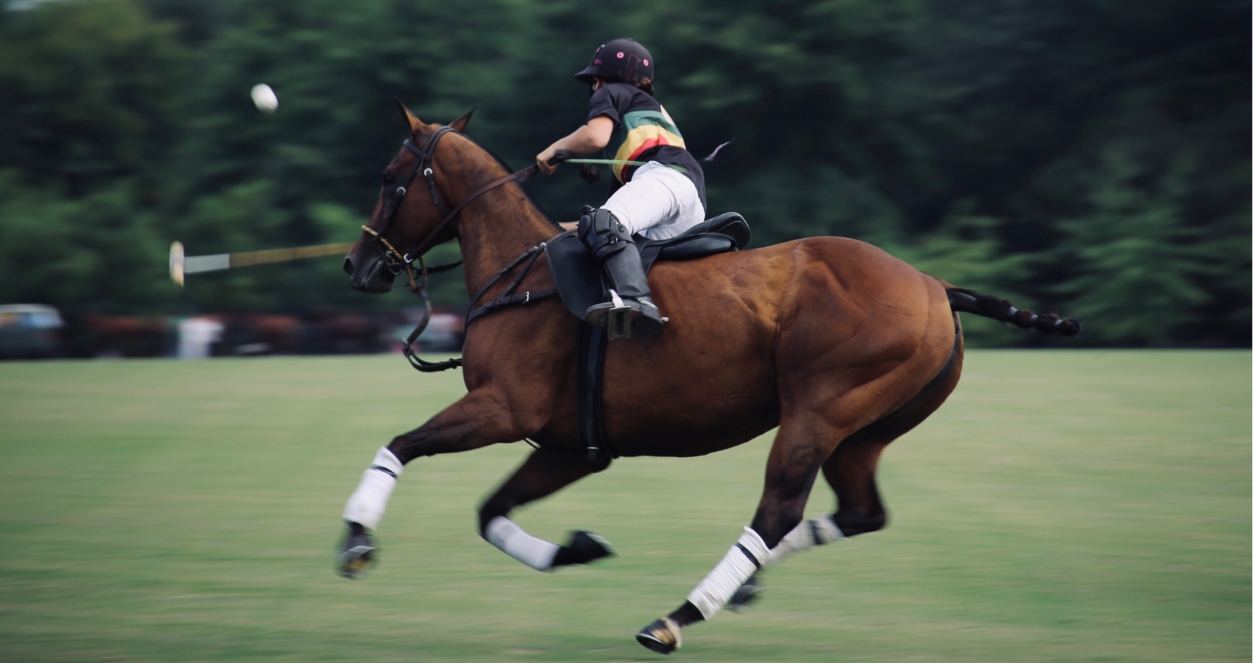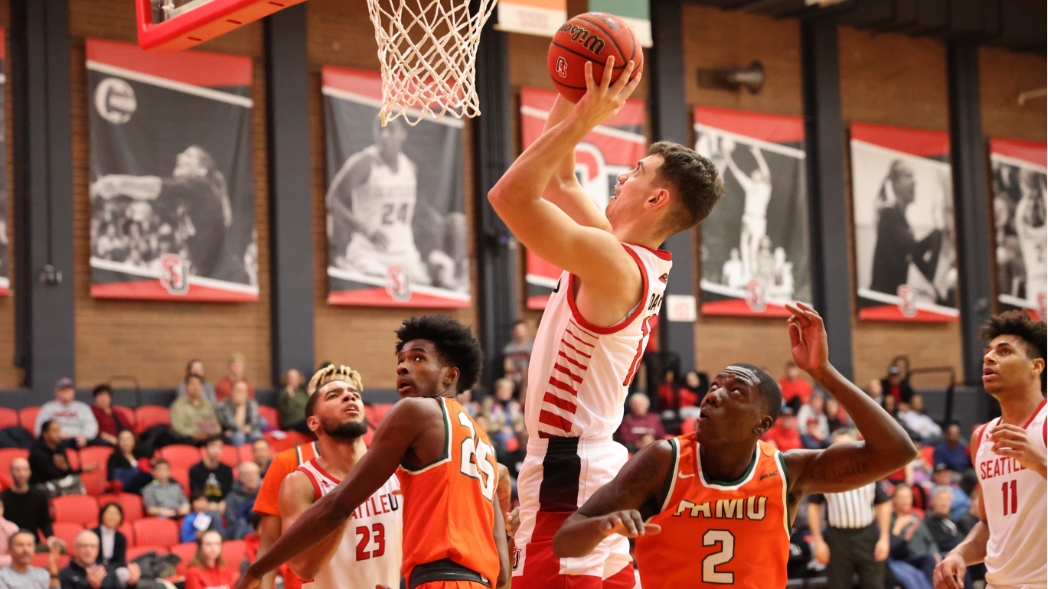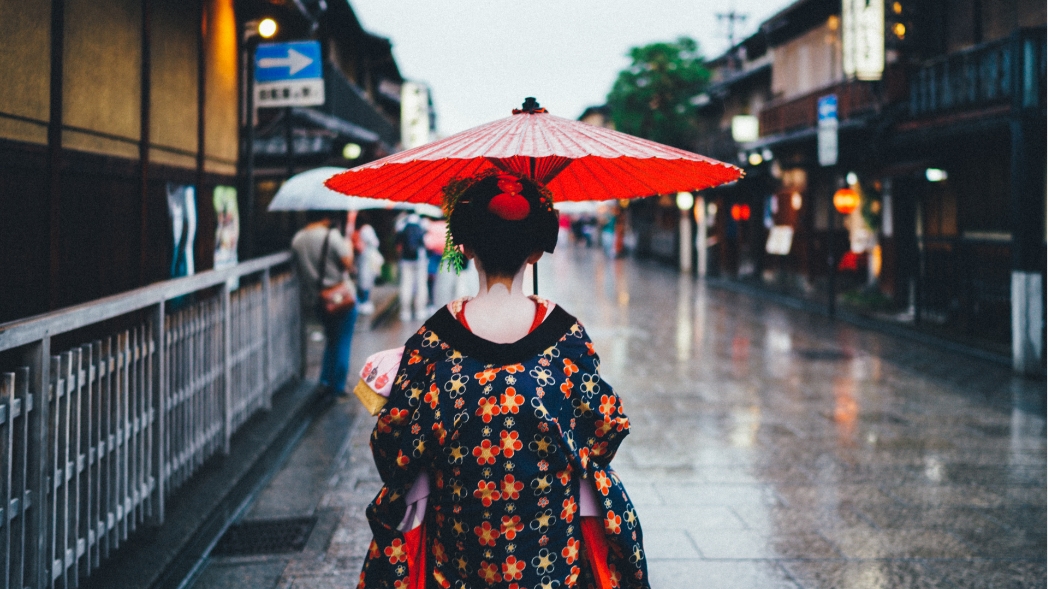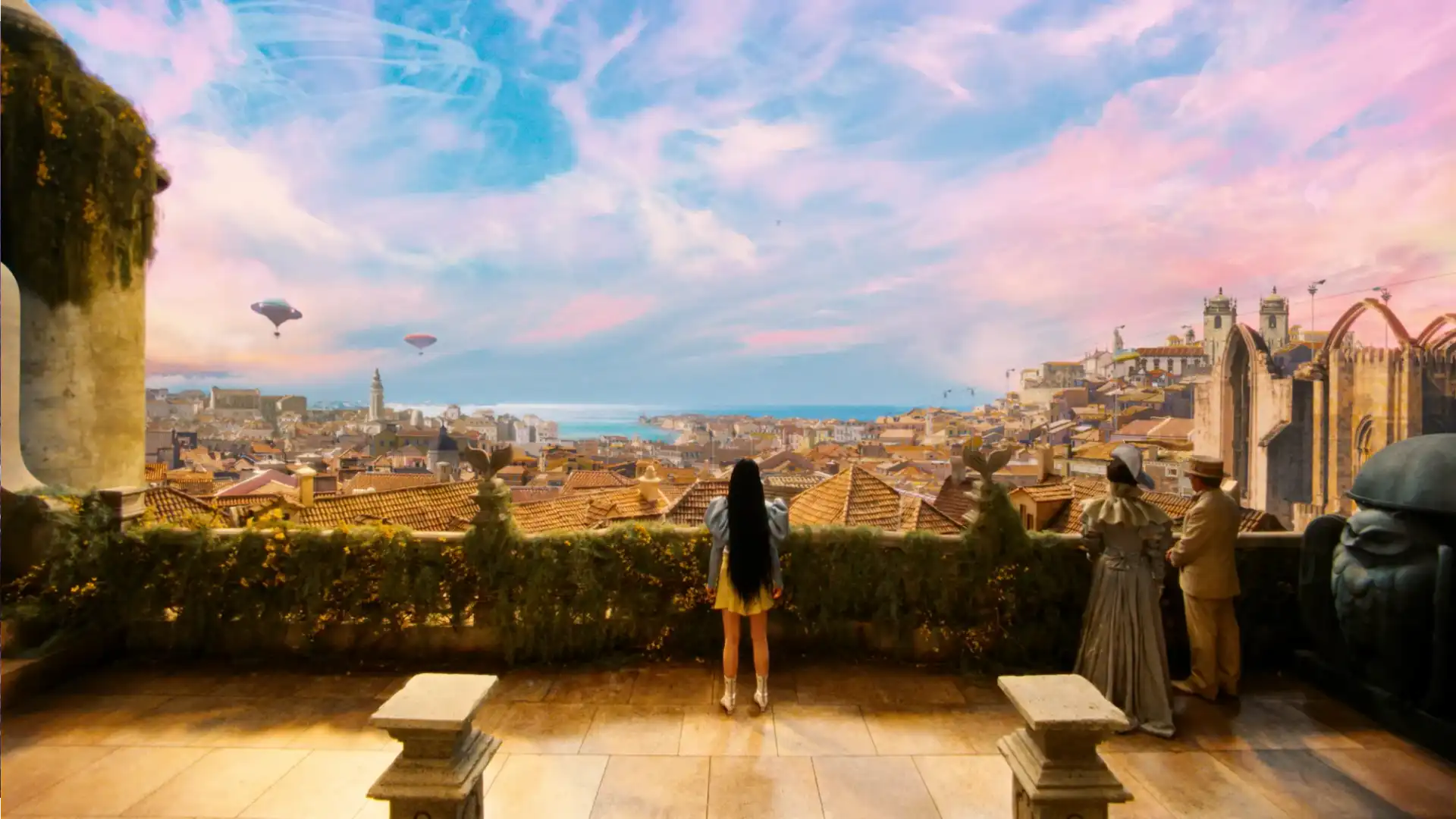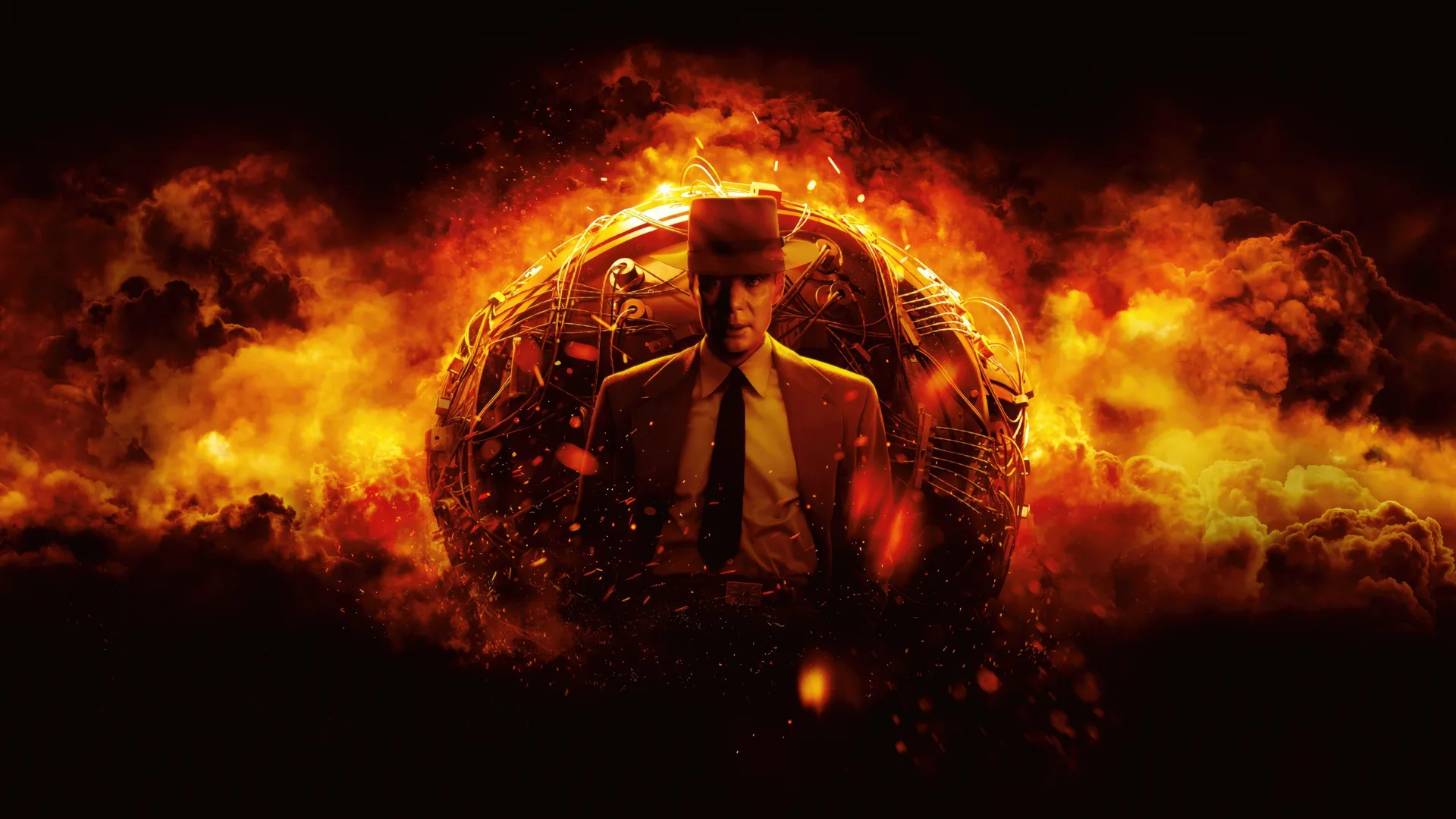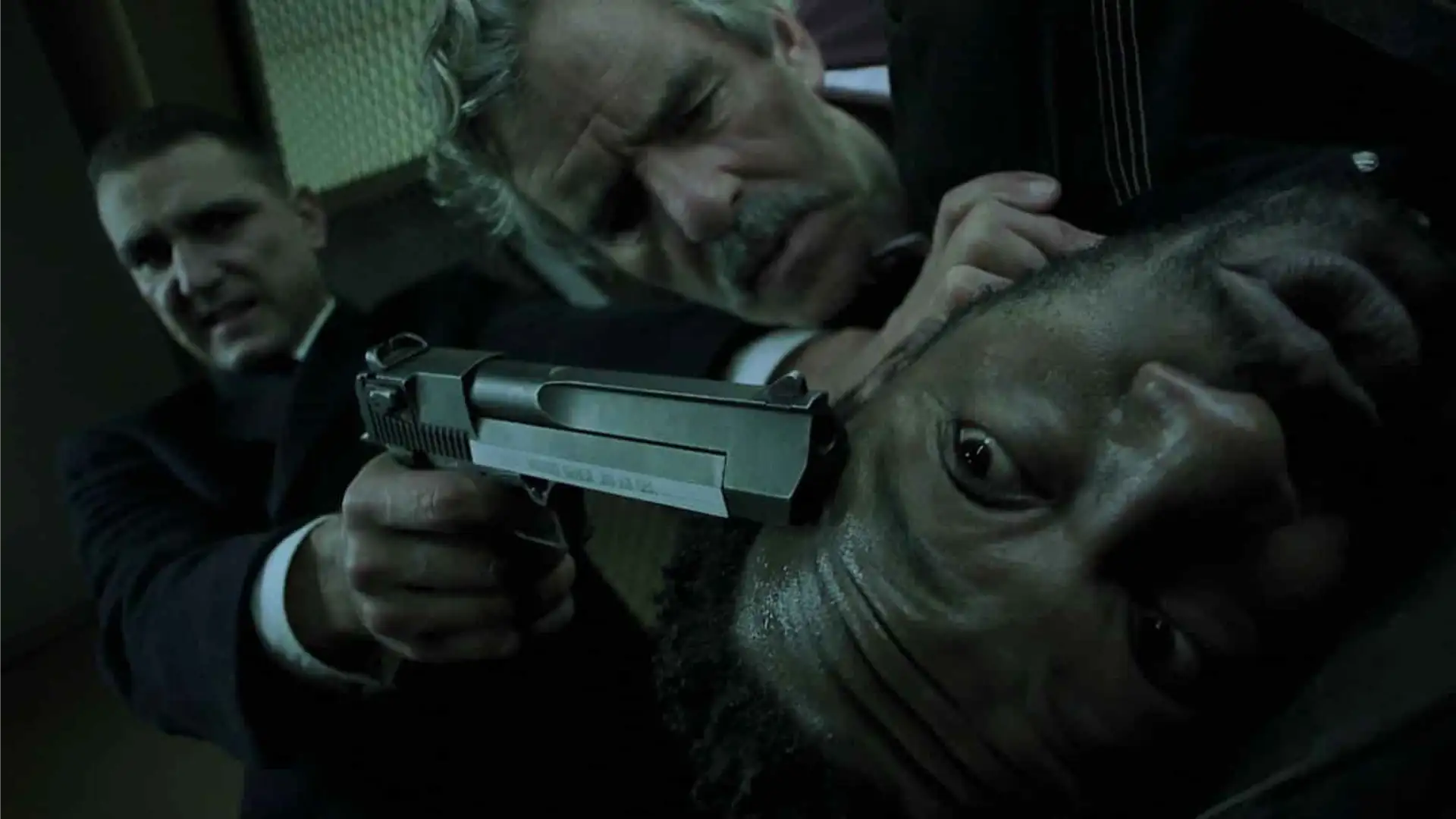Focal Length
Look at these two pictures. They both seem to be taken from the same distance, but one is a beautiful shot with great separation of the subject and the other one is … well not so much! So what is up with this disparity? Well, the obvious answer is that these two pictures were not taken by the same lens. So the question we have to answer is “what separates these two lenses from each other?”


What Is Focal Length
Wide Angle Lenses
The lower number means your lens is closer to the sensor. This will generate a wider image on the sensor. That’s the reason why lenses in this range are generally known as Wide Angle Lenses.
Shorter Focal Length will also result in an increased depth of field. What that means is that more of the image will stay in focus. The other plus point for wide lenses is the stability of the image. Since the lens is covering a large plain, it is more forgiving when it comes to shaky hands.
So all these have made wide-angle lenses the first choice for artists who want to capture huge scenes in one image, like nature photographers who are taking pictures from vast plains and mountains.
Telephoto Lenses
On the other side of the spectrum, we have higher focal lengths which mean a narrower field of view. The lenses in this range are known as Telephoto Lenses. Telephoto Lenses are great for the pictures where you want to attract the attention of the viewer toward a specific subject. They are also amazing for nature Photography when the subject is either too far, like birds, or too scary to get close to, like a tiger!
The other thing that will greatly help to turn the attention toward the subject is the Bokeh effect. What happens here is that high Focal Length will result in a shallower depth of field. So, when you put your subject in focus, the rest of the image is blurry and out of focus. Phone manufacturers add this effect artificially in software and call it portrait mode. So as you can see, this focal range is also amazing for portrait shots.
Medium Range Lenses
Between Wide Angle and Telephoto, there exists a middle ground, around 40 to 58 mm which is known as the medium range. This focal range is the closest to the natural way the human eye sees the world. Medium-range lenses are generally between 35 to 80 mm. But the best and most used range is 35 to 45. Videographers really like working with these lenses especially when the story they are telling, is about normal everyday life. Documentaries are also a great use case for medium-range lenses because of that natural feel they give.

Zoom and Prime Lenses
Now that’s out of the way, let’s talk about the other biggest difference between these lenses. Prime Lenses and Zoom Lenses. Physical differences are obvious. Zoom lenses are great at, you know, Zooming, while Prime lenses are fixed to one Focal Length. Of course, this means the lens is less flexible but has a better quality of the image. The reason for that is the fact that zoom lenses use more glass to work in different Focal Length and that means they filter the image through so many different lenses. This will affect the overall quality of the image ever so slightly. Prime Lenses, on the other hand, are working at a fixed Focal Length so they use less glass compared to Zoom Lenses. So the image is less filtered when it reaches the sensor.
Of course, this difference in quality is very minimal and you may not even notice it in your footage. Besides, the flexibility of zoom lenses is such a huge benefit that it is hard to ignore.
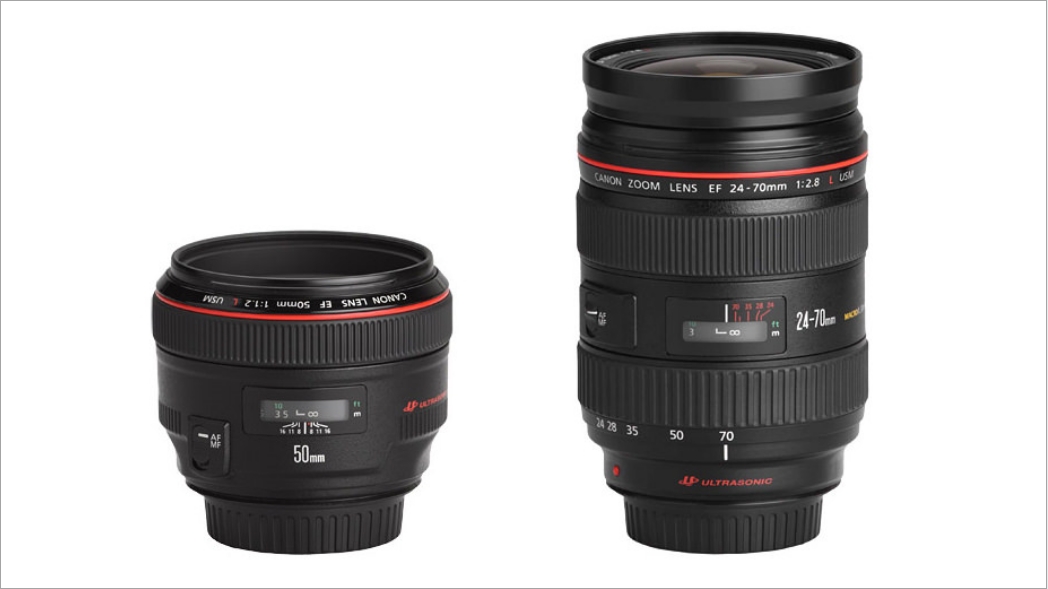
Conclusion
So as you can see, lenses are not created equal! Of course, there are other factors like the general quality of the lens. Or even the weight of the lens that will affect how you are going to use it. But those are subjects for another time.
But until the next time, best of luck and bye!
